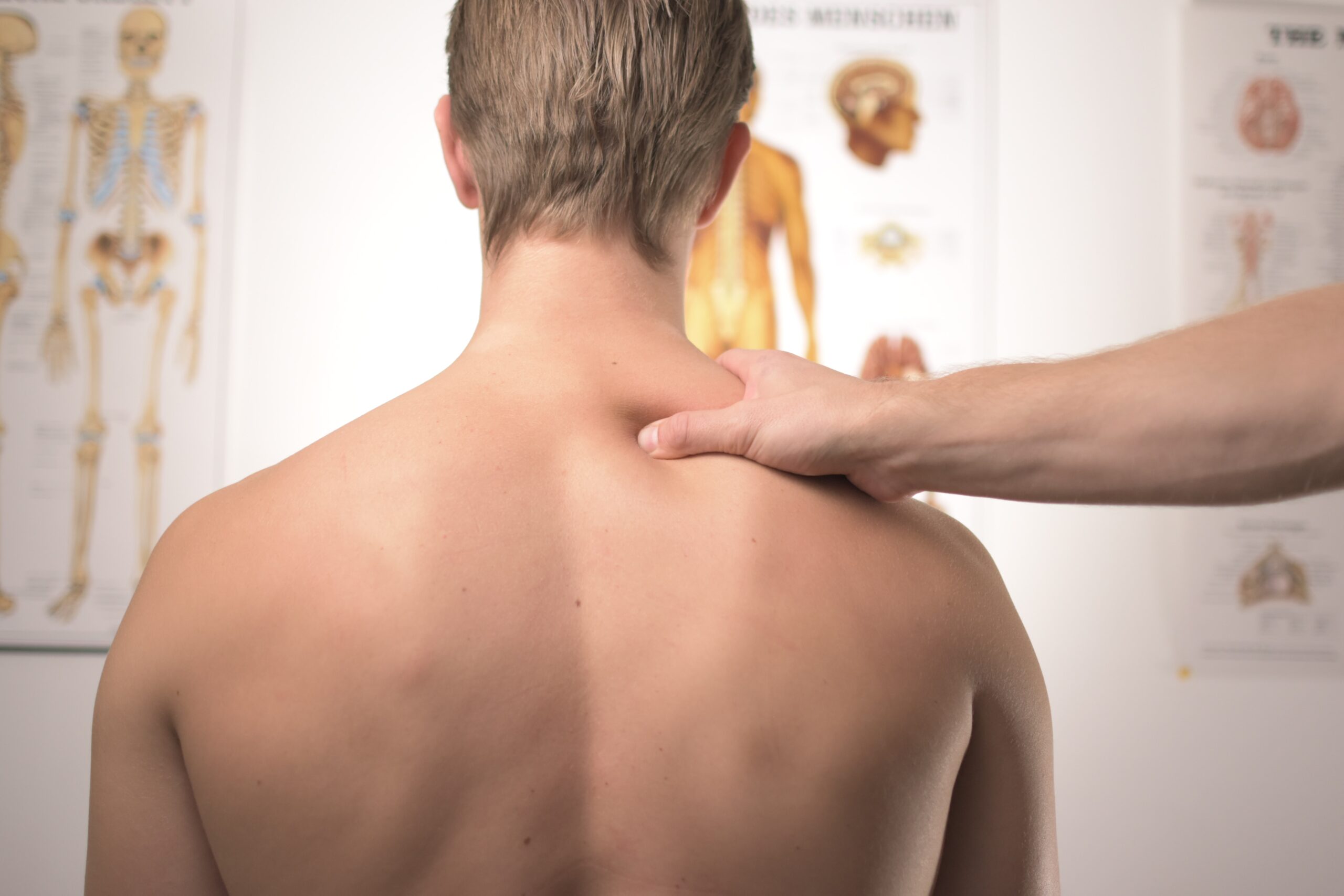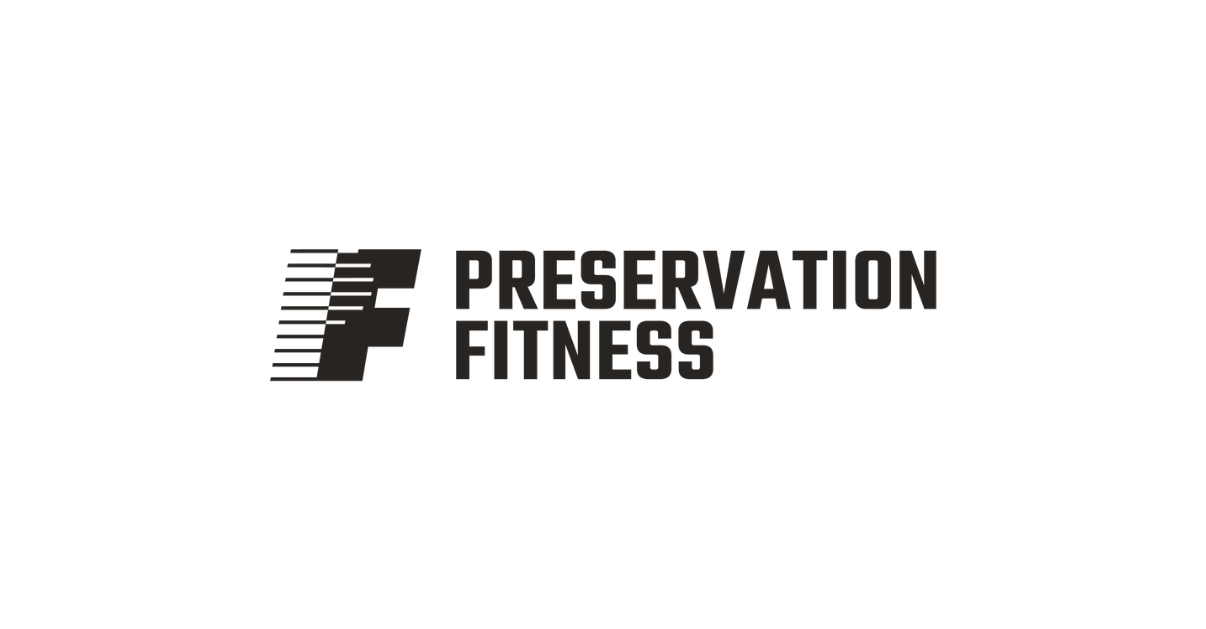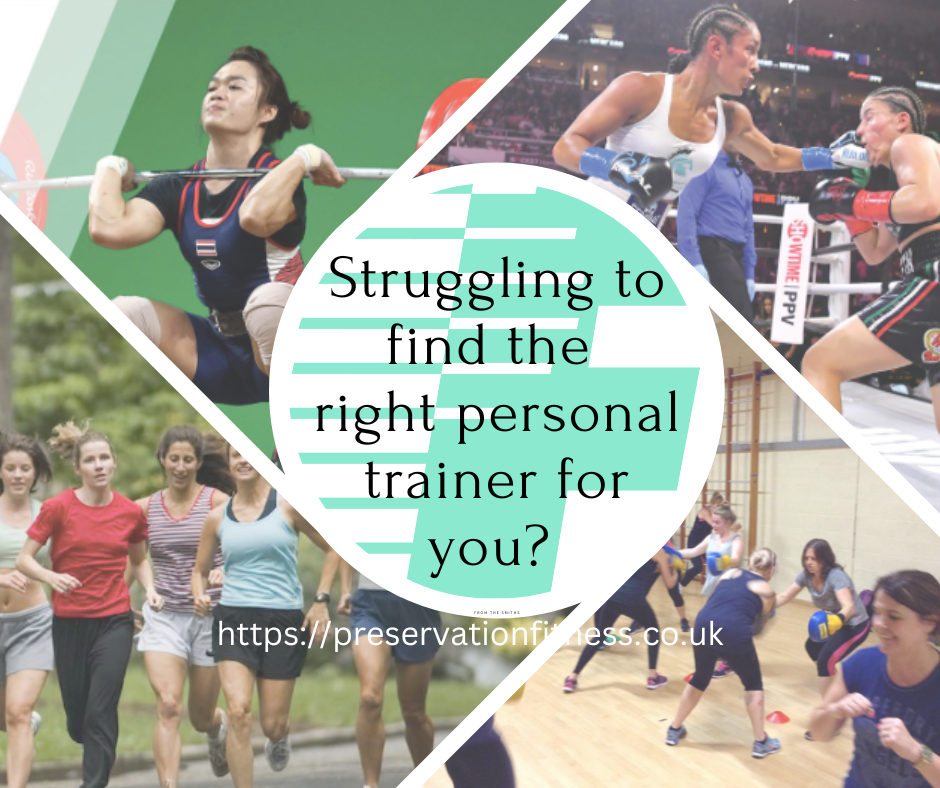
Lower back pain and the importance of your core for support
Did you know that it is now commonly accepted that back pain is the leading cause of disability worldwide?
Affecting nearly 1 in 10 people, back pain is only set to increase with our ageing population. (www.ard.bmj.com)
Have you ever noticed how babies can bend down and effortlessly pick things up from the floor?
I’m thinking to myself, as I watch one of my little nephews make light work of handing me the tv remote if I tried to do it like that I would fall flat on my face or slip a disk.
This they are in fact using perfect technique. By bending at the knees, keeping a neutral spine, and letting their bottom almost touch the floor while keeping the top half of there legs 90 degrees to the floor.

Why do you need a strong core?
As a recent study suggests (www.sciencedaily.com), people with LBP (Lower Back Problems) usually have weak core muscles. Strength starts from within, and to that end, it is essential to be aware of the roll your core plays in the movements that we use every day. It is also important to remember that muscles often work in pairs, and what group of muscles lie opposite your lower and mid-back? your core muscles abbs and obliques. Of course.
For example, if you are sat at your desk slouching with your shoulders rolling forward, then you are not going to be using the small postural muscles that hold your shoulders back and down. Over time this can start to make your shoulders feel tight and uncomfortable, or more severe symptoms. For me, the result was a tendon impingement, which was not fun at all. But, with a little work was entirely reversible.
Another classic example is going to pick something up off the floor. Instead of bending at the knees and keeping your head up and a neutral spine (think babies) you instead keep the legs straight and let your back and shoulders come way forward. Sound familiar? Lifting in this way completely isolates your abdominal muscles too.
It’s picking up and lifting in that way that means your lower back does nearly all of the work, so eventually the obvious happens, and your lower back will start to get tight and weak.
Your lower back relies on the muscles opposite (rectus abdominis, transverse abdominis and obliques) for stability. If these muscles are weak then again, the lower back muscles are going to get overworked, strained and even injured.
How to fix those bad habits?
Muscular back injuries can be horrific and a seemingly never-ending cycle. But, there is light at the end of the tunnel. Here at preservation fitness, I know first hand how back pain can hinder everyday life and also that NSAIDs are not the answer either. A recent study by the U.S. National Library of Medicine found that taking NSAIDs ( Non-steroidal anti-inflammatory drugs) had little or no impact on back pain and that keeping mobile after a pull, or a strain is much more important.
After the first few days of a back injury occurring it is essential to try and stretch, (as incredibly painful as this will be) with the emphasis on getting more movement back into the target area. This is technically physiotherapy and is something we can all do at home by ourselves with no help from anyone else. Cost-free I might add.
As a qualified personal trainer myself, and also having suffered intolerable back pain for many years during my time working as a carpenter I have amassed a significant amount of experience in injury rehabilitation and indeed LBP (lower back pain).
That being said, the first place to start with any back-related injury or pain is to see an accredited professional. Such as a physiotherapist chiropractor or osteopath. Be sure to research your chosen practitioner. Experience is key here. The idea here is to get a confirmation on precisely what has caused the problem and to identify the muscles associated with the issue.
Once you have had a diagnosis and you have been careful to ask for a write up then, you have all the information you need to rehabilitate yourself (with guidance from someone like myself).
Book a consultation
Please contact me at www.preservationfitness.co.uk to book a free consultation. We can tailor a fitness program that will not only give you functional fitness, but it will also be a rehabilitation program. You will be getting fit, toning up, and building your core strength while fixing any muscular strains and tears.





